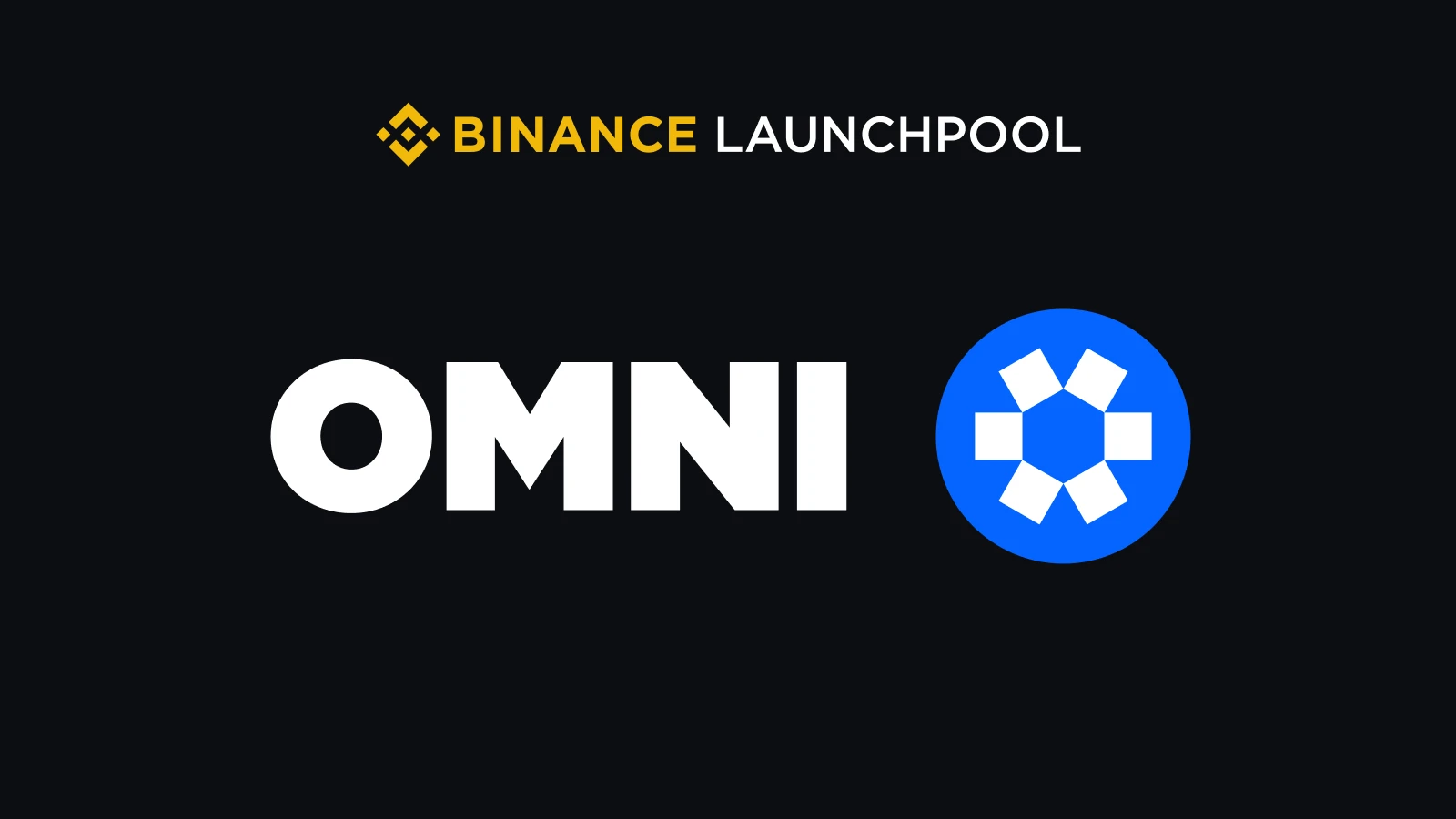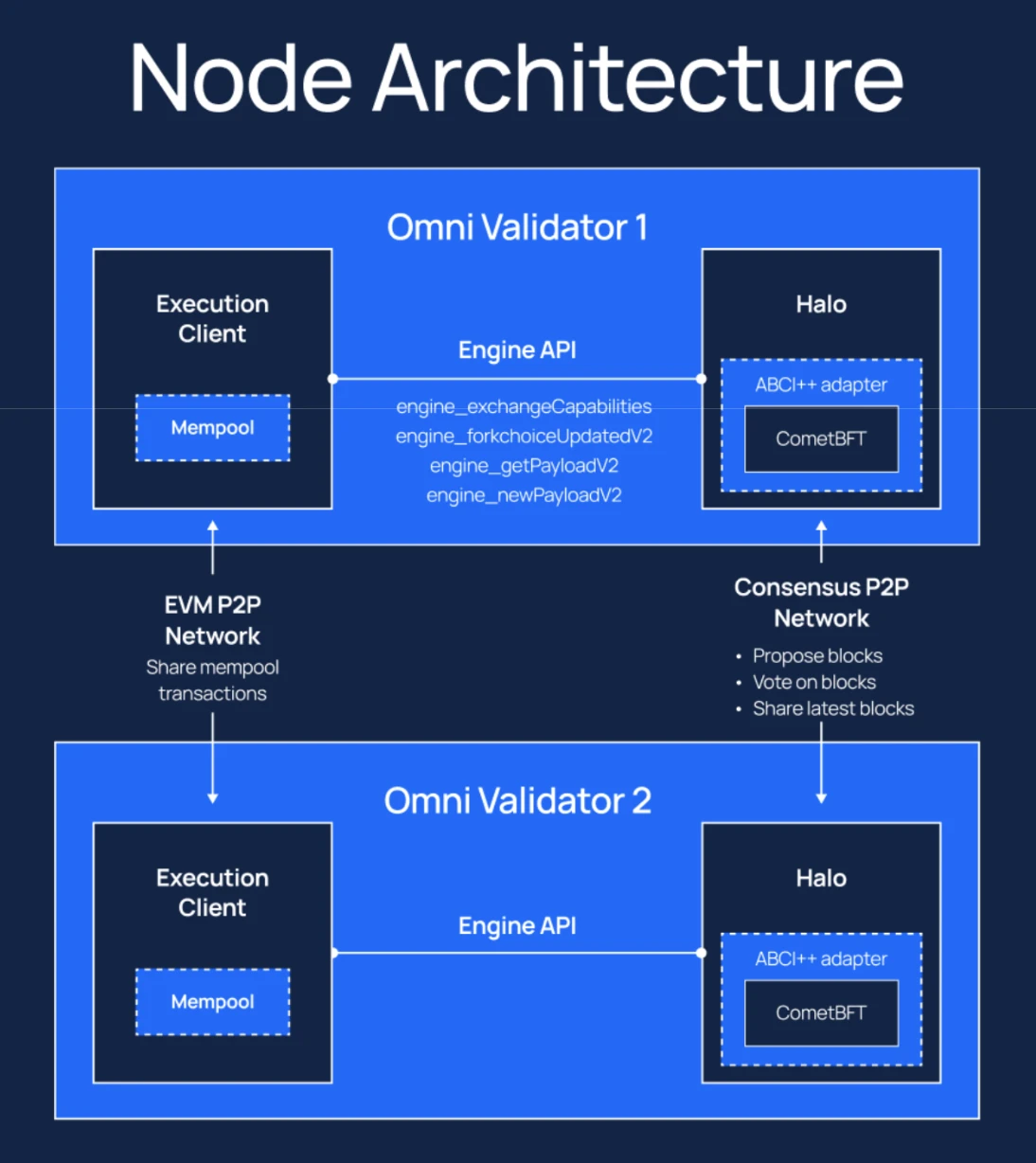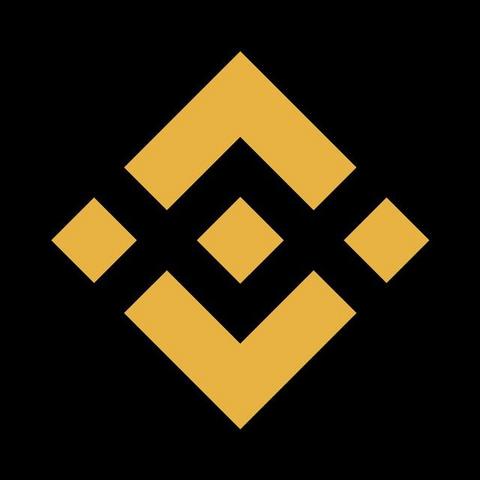Original source: Binance

Omni Network (Omni) is a layer 1 blockchain designed to integrate Ethereums Rollup ecosystem into a unified system. Using Omni, developers can build local global applications that have access to all Ethereum’s liquidity and users by default.
OMNI is the native token of Omni Network and plays the following roles in the protocol:
General Gas resources:OMNI is used as a payment mechanism to compensate relayers for submitting transactions to the target rollup.
Gas of Omni EVM:OMNI is the native currency used to process transactions on the Omni EVM.
Network governance:OMNI stakeholders will be responsible for various governance decisions such as protocol upgrades and other developer features.
Pledge:The Omni protocol implements a double-collateralization model to ensure economic security. Security is a function of the total value of staking OMNI and re-staking ETH.
The agreement consists of the following main components:
External Rollup:Cross the source and destination networks of the Rollup message.
Omni validator node:Permissionless node network using CometBFT consensus to validate cross-rollup messages and transactions on Omni EVM. These nodes are secured using the total value of staking OMNI and re-staking ETH.
Omni Blockchain:A single source of truth for all cross-rollup messages and Omni EVM transactions handled by Omni Validator.
Relayer:The unpermitted entity that submits the final cross-rollup message from the Omni network to the target rollup network.
The project has been raised through two rounds of private token sales$18.1 million, of which 9.1% of the total supply of OMNI tokens was sold at a price of $0.18/OMNI (seed round), and 11% of the total supply of OMNI tokens was sold at a price of $0.18/OMNI (seed round). $1.50/OMNI (Series A), accounting for 20.1% of the total supply of OMNI tokens sold in the private placement round.
As of April 12, 2024, the total supply of OMNI is100, 000, 000 , the circulating supply after listing is approximately 10, 391,492 (approximately 10.39% of the total token supply).
Key Indicators: (As of April 12, 2024)

1. What is Omni Network?
Omni is Ethereums integrated rollup layer, allowing developers to build unified applications across all Ethereum scaling solutions. It is powered by a novel blockchain architecture that supports sub-second finality and derives security from Ethereum through re-collateralization.
1.1. Project mission and project value proposition?
Project mission
Omni’s mission is to return Ethereum to its role as a single, unified operating system for decentralized applications.
Project value proposition
Ethereums rollup-centric architecture forces the network to scale through isolated execution environments. This leads to fragmentation of liquidity, users, and developers, and reduces Ethereum’s network effects.
Using Omni, developers can program across multiple Ethereum rollups as if working within a single state machine. Applications built with Omni EVM can exist in all Ethereum rollups by default, allowing developers to integrate all Ethereums liquidity and users into their applications.
1.2. Main highlights of the project
Double pledge model:Omni is a proof-of-stake network secured by the total value of re-staking ETH and staked OMNI.
Sub-second verification:Omni nodes use CometBFT consensus to process cross-rollup messages and Omni EVM transactions within one second. Using alternative finalization mechanisms such as pre-confirmation and transaction insurance, Omni can provide sub-second finalization for cross-rollup messages.
Diversified Rollup supports:Omni is designed with minimal integration requirements to ensure compatibility with any Rollup virtual machine, programming language, and data availability architecture.
Backward compatibility:Applications can integrate Omni without modifying existing smart contracts. Instead, applications can use modified front-end instructions to send cross-rollup messages through Omni.
1.3. Products
Omni Origins Testnet (June-July 2023)
Total transactions processed: 1.5 M
Total number of unique users:150 K
Ecosystem project: 4
Omni Overdrive Testnet (August – October 2023)
Total transactions processed:6 M
Total number of unique users: 400 K
Ecosystem projects: 30
Omni Omega testnet (March 2024 to present)
Total number of operators: 37
Total number of retryers delegated to the Omni operator: 75, 600
2. Technical infrastructure
Modular node architecture:Omni introduces a new node architecture (Octane) designed around the Ethereum Engine API. This creates a clear separation between each node’s consensus and execution environments, while allowing nodes to use existing Ethereum execution clients.

Integrated consensus:Omni validator uses CometBFT consensus and ABCI++ voting extension to simultaneously verify cross-rollup messages and transactions on the Omni EVM.
Native global applications: Omni EVM simplifies cross-rollup application development by dynamically propagating contracts and interfaces to any rollup. This approach to building cross-rollup applications allows developers to program cross-rollup applications in a single environment and minimizes the possibility of smart contract vulnerabilities arising from the complexity of handling distributed state.

3. Token sales and economics
3.1. Token distribution

3.2. Token issuance schedule

4. Roadmap and Updates
4.1 Milestones completed

4.2. Current roadmap
Q2 2024:
Mainnet launch.
Getting started with the Liquid Restake protocol and EigenLayer operator.
Token generation event.
The first 11 B+ commits to deploy xERC 20 secured by Omni.
Q3 2024:
Batch launch native global applications (NGAs) deployed on the Omni EVM.
Declarative deployment of multiple rollups for smart contracts, facilitating a kubernetes-like developer experience to scale applications across all rolls.
Typescript front-end library for deploying native multi-rollup applications that work seamlessly across all rollups.
Q4 2024:
Expand Omni Network to include alternative data availability systems such as EigenDA and Celestia.
It is proved that sharding can increase the rollup capacity of the network by an order of magnitude.
Join the MPC provider to provide institutional users with access to all Ethereum Rollups.
4.3. Commercial and business development progress
Ethereum L2:
Examples: Arbitrum, Optimism, Polygon, Linea, Scroll, zkSync, Mantle, Metis, Base, Plume, etc.
Definition: Layer 2 blockchain extends the Ethereum network.
Scope: Native integration to guarantee access across Ethereum’s expanding L2 ecosystem.
2. Fluid reinfusion protocol:
Examples: EtherFi, Renzo, Puffer, Swell, Kelp, EigenPie, Bedrock, etc.
Definition: The Liquidity Rehypothecation Protocol is a liquidity derivatives platform built on EigenLayer. They serve as an interface to the EigenLayer ecosystem by securing Active Validation Services (AVS) such as Omni, and provide users with higher returns than staking ETH. .
Scope: Omni has received Ethereum commitments worth a total of over $1 billion to secure the Omni network against the leading re-staking protocols mentioned above.
3. EigenLayer :
Definition: EigenLayer is an Ethereum-based protocol that introduces restaking, a new primitive in cryptoeconomic security. This primitive allows ETH to be reused on the consensus layer. Users who natively stake ETH or use Liquidity Staking Tokens (LST) can choose to join the EigenLayer smart contract to re-stake their ETH or LST and extend cryptoeconomic security to other applications on the network to earn additional rewards.
Scope: Omni Network is a blockchain secured with EigenLayer enabled re-staking. Over 50,000 individual stakers have entrusted Ethereum to secure Omni via the Eigen Layer on the testnet.
4. Rollup as a service provider:
Examples: Conduit, Caldera, Ankr, AltLayer.
Definition: A RaaS provider allows anyone to deploy Rollup. They provide all-in-one infrastructure that enables customers to quickly deploy on the Ethereum mainnet.
Scope: Native components in RaaS packages that provide out-of-the-box interoperability to any developer using a RaaS provider.
5. Infrastructure Partners:
Examples: a 41, Galaxy, Blockdaemon, Kiln, Ankr, etc.
Definition: A core infrastructure partner that provides validator, node, and operator services to Omni.
Scope: The Omni infrastructure partners listed above have committed to protecting the security of the Omni network by accepting delegation from Omni stakers and Ethereum retakes.










